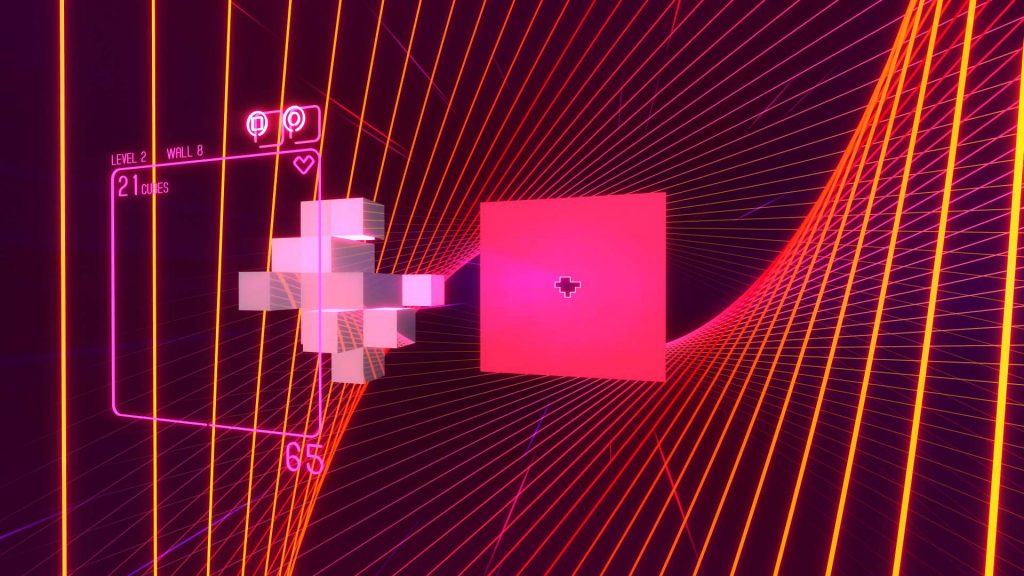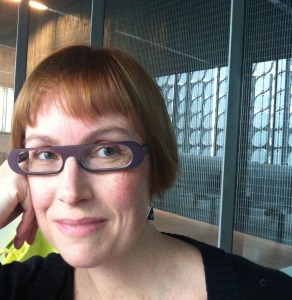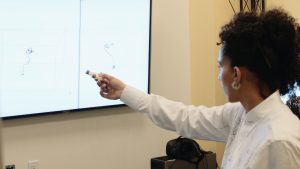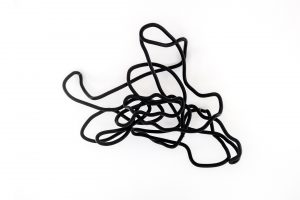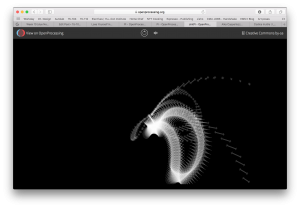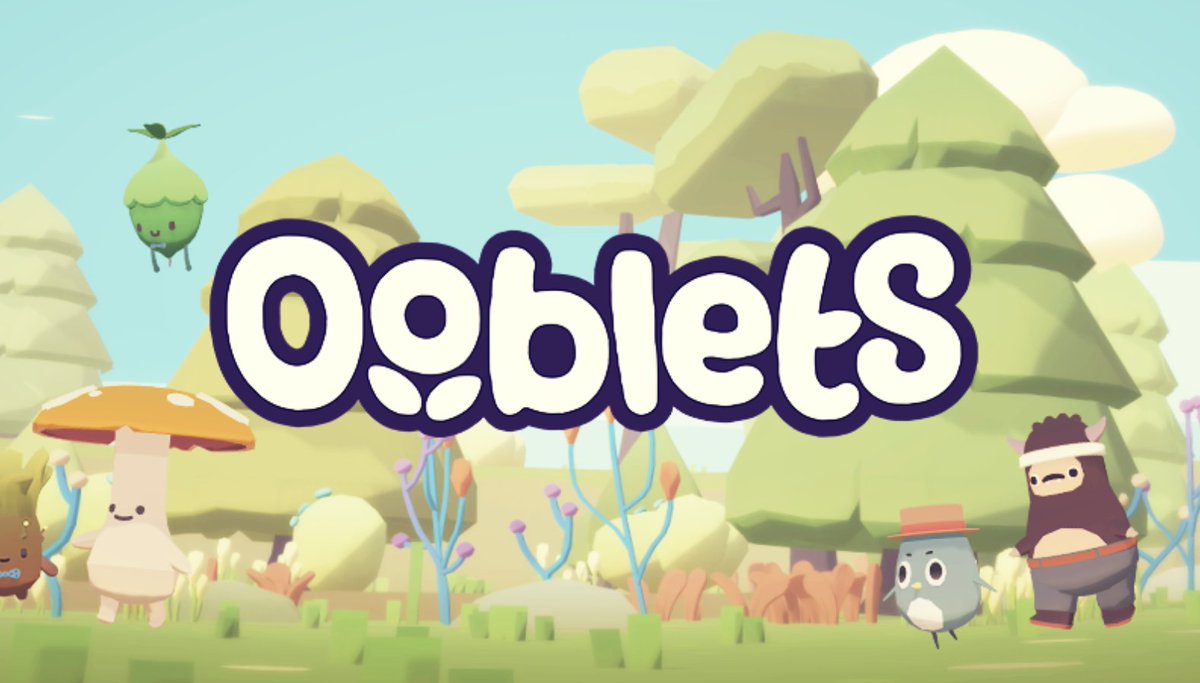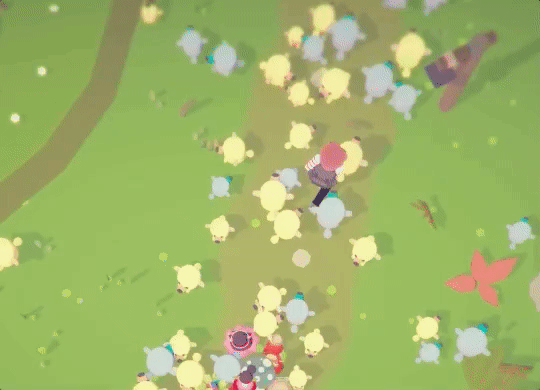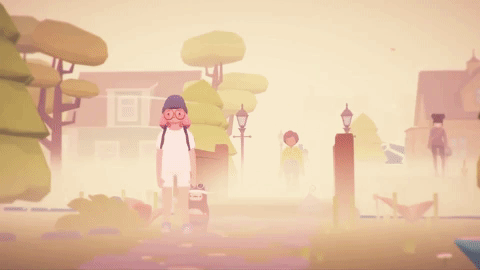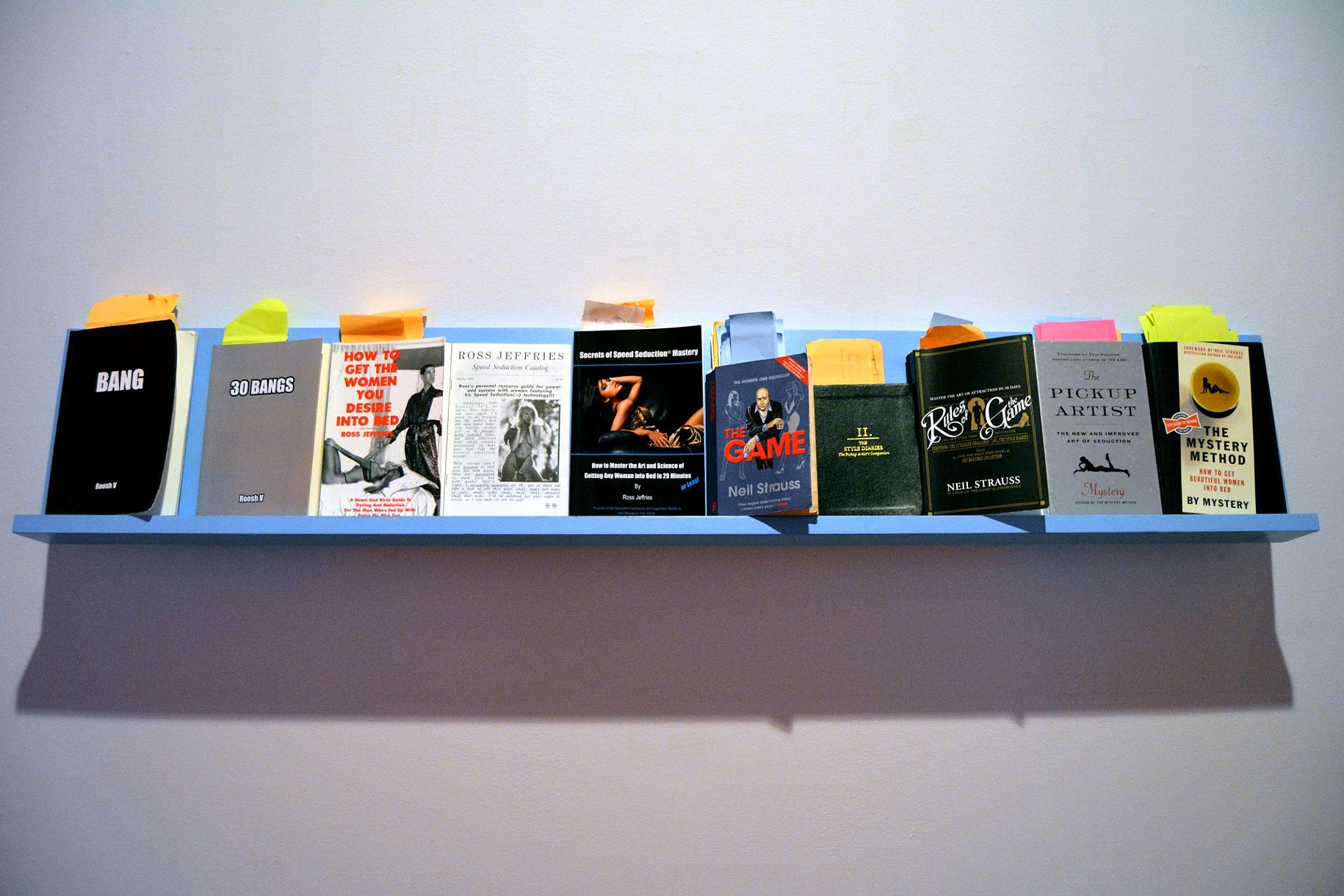About a month ago, CMU greeted several innovators in the field of computational design and robotics for a research symposium on smart design and the trajectories of computer-aided architecture / modeling practices. It was a pretty interesting event, and I got to hear five panelists discuss their research areas, and even though my work has nothing to do with computational design, I enjoyed the symposium.
One of the presenters was a woman by the name of Madeline Gannon, a roboticist whose work explores biological models for computer-aided design and mechanical installation. The image I most closely associate with Gannon is that of her interacting with Mimus, her 1,200kg industrial robot arm-thing. Mimus was exhibited at a robotics installation earlier this year and attracted the attention of gallery-goers both young and old.
She has also done work with “painter tools” for 3D printing interfaces, called Reverb. Modeled after squids, these long, drapy tendrils can be layered onto a 3D-scanned torso model to create immediately wearable, intricately geometric shapes with relative ease.
Overall, her work is very interesting, and it’s fun to see her build bonds with these massive hunks of steel and bloodlust. I’ve always been a fan of bio-based design, and her research areas have a solid blend of pragmatic technical expertise and curiosity for the living world.
To see more of Gannon’s work, explore her website.
![[OLD FALL 2017] 15-104 • Introduction to Computing for Creative Practice](../../../../wp-content/uploads/2020/08/stop-banner.png)
